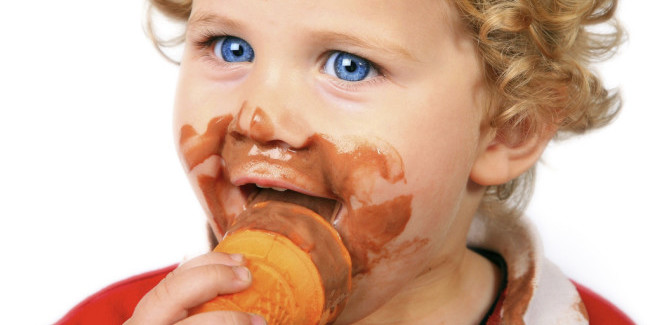 Curiosity is the force that drives children, and even adults, to explore the world. You can best see this with infants and toddlers who make it a habit of touching, smelling, tasting and basically doing everything they can think of with anything that falls into their path. Curiosity is how we learn, but it may take a little prompting for anxious children to fully embrace the process.
Curiosity is the force that drives children, and even adults, to explore the world. You can best see this with infants and toddlers who make it a habit of touching, smelling, tasting and basically doing everything they can think of with anything that falls into their path. Curiosity is how we learn, but it may take a little prompting for anxious children to fully embrace the process.
That’s because fear may be standing in the way. Curiosity comes when things are familiar and safe, like when a child has no qualms about asking his or her parents nine million questions about the color of the sky. If the child if confident, he or she may have equally few qualms about asking his or her favorite teacher the same nine million questions about other topics. An anxious child, on the other hand, may be brimming with questions for the teacher but dare not make a peep.
Anxious children are often hesitant to explore anything, Scholastic notes, especially unfamiliar territory. This makes learning a much slower and less in-depth process when compared to children who are more confident and secure.
Tips for Fostering an Anxious Child’s Curiosity
Help the child feel secure. Constant attention and comfort can help your anxious child feel secure, whether at home or in an outside environment. Once an anxious child feels safe in an environment, curiosity is more apt to come naturally, especially with a familiar person like a parent.
Offer positive feedback. Even the smallest bout of curiosity can be noted and praised. Consistently offering positive feedback fuels more curiosity as the child begins to feel more and more secure with their attempts at exploring something new. Such reinforcement also helps the child feel more comfortable in general with the idea of exploring new situations and surmounting new challenges.
Tame reactive responses. While your first reaction may be to scream in anger if your toddler decides to pour milk all over the floor, your child may simply be exploring. That means you both would be better served with a calmer reaction. Psychology Today suggests a three-part plan when your child does something in the name of curiosity.
- Recognize your child is exploring, not purposely misbehaving. Exploration means the child’s interest is piqued, which is a good thing.
- Put the process into words. Examples from the milk incident may include saying something like, “Oh no, that is a big mess. But I can see how fun that is for you, seeing all the splashing.”
- Offer an alternative situation where the child can still explore but you won’t have to clean up any messes. “If you still want to play with liquid, you can take a bath later or we can set up the wading pool to see how water can splish and splash.”
Think encouragement, not discouragement, whenever your child shows a glimmer of curiosity. The positive feedback for curiosity can help to enhance your child’s confidence as well as the learning cycle.
SOURCES:
Photo Credit: truenatureproductions via Compfight cc





